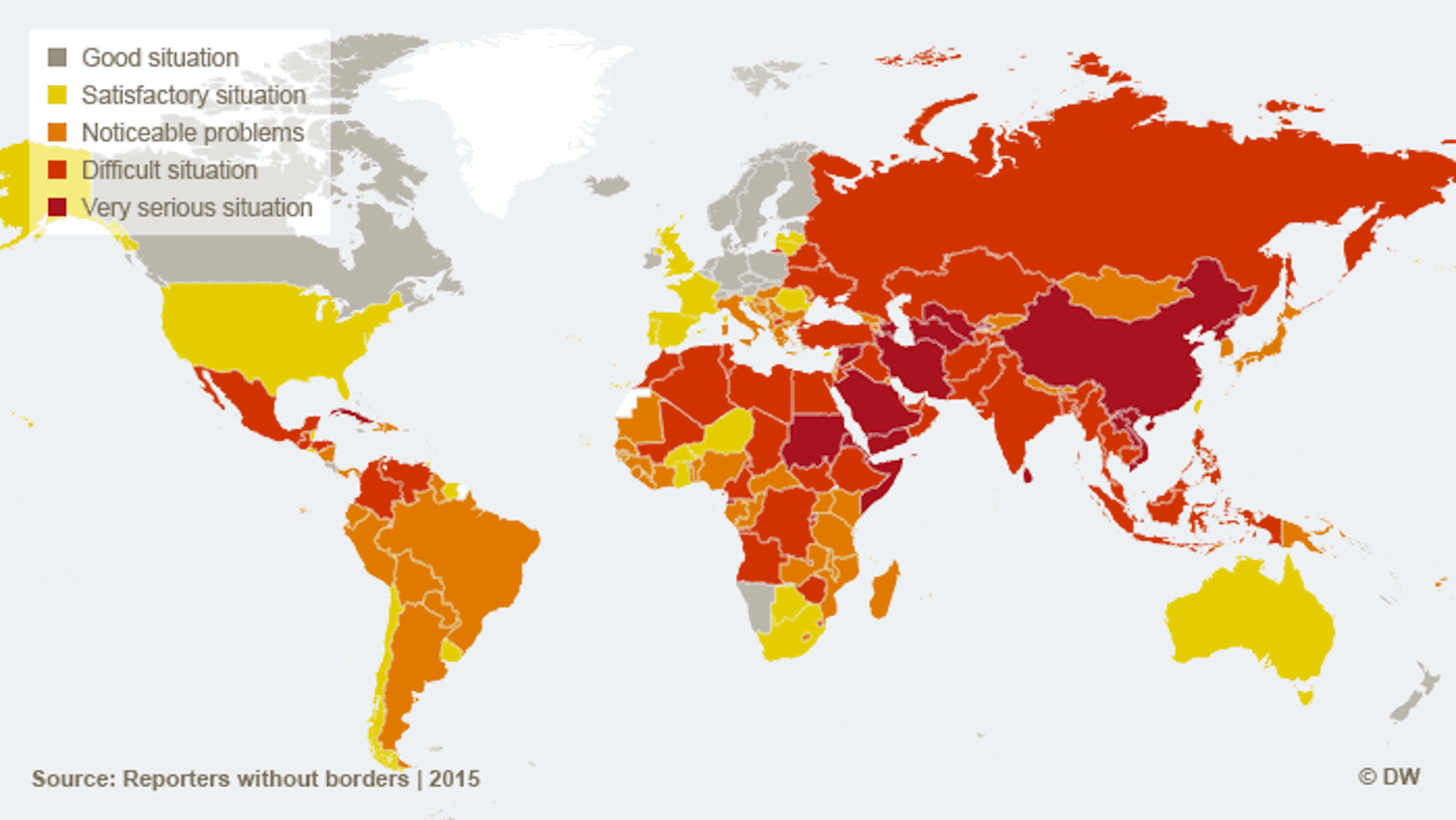Conflict Programming

On February 18th, NDI’s Citizen Participation Team and the Peace, Security and Democratic Resilience working group held an event featuring peace, security, democratic resilience, and the emerging trends in conflict programming. The panelist featured Jim Della-Giacoma, who is currently the Deputy Director of New York University’s Center on International Cooperation and also serves as the head of its Crisis Diplomacy and Peace Operations Program.
Although the overall amount of armed conflict has decreased in the past decade, 2014 has been tracked as the deadliest year since the Cold War due to the increasing number of armed conflict, refugees and internally displaced persons. NDI has since created a working group that focuses on peace, security, and democratic resilience as emerging conflicts around the world is a critical point in international development. Conflicts place its roots in turbulence, constitutions, and political rules of the game. When democracy goes wrong, it leads to fragility. When a system is fragile and not able to accommodate for the problems of marginalization, an outbreak of violence may occur. However, the implementation of technology is able to provide a framework in which conflicts can be mitigated and more accurately mapped.
Mitigating Conflicts
The UNDP, USAID, and IPI illustrated several ways in which technology can prevent and mitigate conflicts in a combined 2013 report, entitled “New Technology and the Prevention of Violence and Conflict”. The report stated that “the ability to manipulate big data, visualize dynamics, and recognize patterns and signatures for conflict creates new opportunities for humanitarian and development assistance in the most complex and dangerous environments”. Technology has the ability to catch potential rises in violence with one of the most notable examples coming from the East African region. An early warning system called CEWARN was initiated by 7 African countries: Djibouti, Eritrea, Ethiopia, Kenya, Somalia, Sudan and Uganda. CEWARN brings together peace committees, security intelligence committees and data analysts who can more carefully measure early warnings of armed violence. The purpose of CEWARN is to allow civic groups within the country to better recognize early trigger warnings. Through these mechanisms, technology is able to help bridge the gap between civil society organizations and governmental parties when a nation’s internal structure is weakening. This enables these groups to attempt to strengthen political processes before violence occurs.
Mapping Conflicts
Because conflicts are an ever-evolving phenomenon, it is often very difficult to define a conflict’s boundaries. Conflicts can change from day-to-day, and it is hard to measure as it should be presented as a fluid model. However, technology has the power to harness changes in a much quicker fashion than ever before. The Congo Research Group at New York University’s Center on International Cooperation has produced one of the most detailed, fluid maps in locating conflicts to date, showing areas of 69 armed groups in eastern Congo. This map also displays details such as locations where each group is most likely to attack or have an operational presence. As technological mapping continues to improve, maps reflecting conflicts will continue to become more detailed and more accessible. This aligns with the goals of peace and security as those located near the crisis can avoid certain hot spots. Additionally, detailed conflict mapping provides essential information for intelligence agencies and peace operations in order to better assess how to diminish the violence.
Tools like DKAN, part of NDI’s DemTools suite, can also help organizations share and visualize their data. Technology provides foundations to make structures become more intact and create social fabrics that will hold together. Conflict mapping is also a new cutting edge technique that provides safety for citizens, and more accurate analyses of conflicts. Technology’s place in peace, security, and democratic resilience is an extremely essential component to preventing violence outbreaks for years to come.
